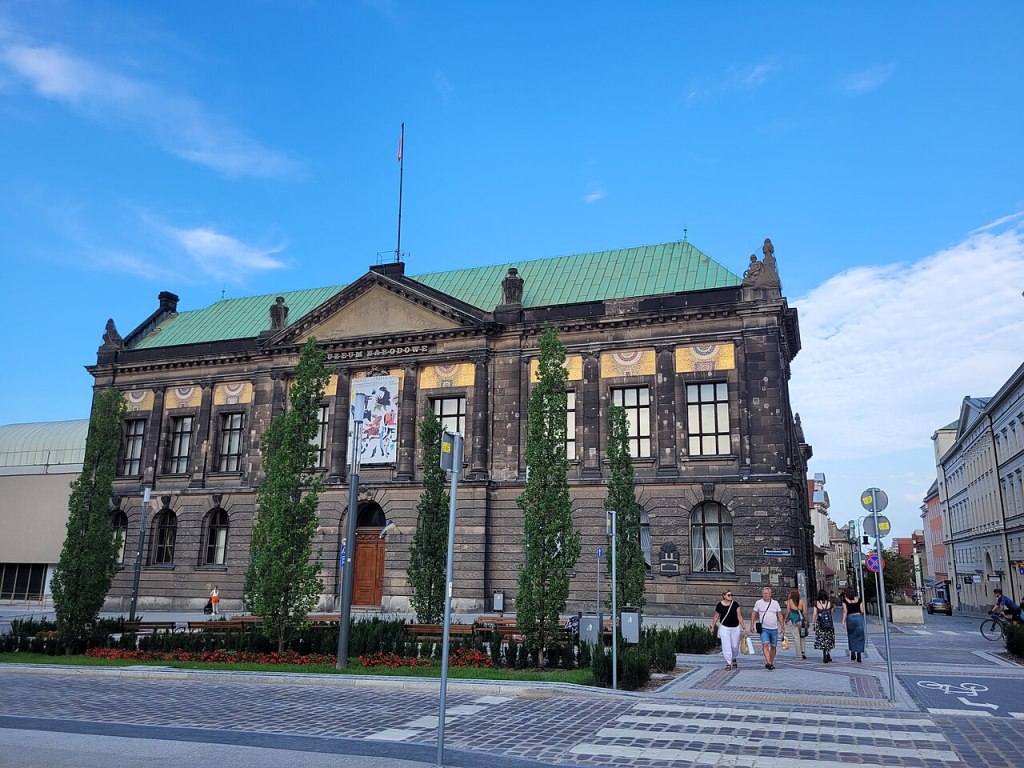A painting thought to have been made by a celebrated Polish Realist artist and later determined to be a forgery is now back on view at the National Museum in Poznań, Poland.
The piece, titled Vegetable Market at Żelaznej Bramy Square in Warsaw, was attributed to impressionist painter Józef Pankiewicz and dated 1888. The following year, Pankiewicz was awarded a silver medal for the painting at the Universal Exposition in Paris, France. It was subsequently acquired by the National Museum in Poznań in 1948.
In 2017, Michał Haake of Adam Mickiewicz University in Poznań noticed differences between the painting in the museum’s collection and reproductions of the original that had been published in post-war magazines.
Related Articles

Namely, a woman carrying a basket who is one of the central figures had larger eyes, a broader nose, a smaller chin, and her head was less tilted making her ear visible—the latter a feature that cannot be seen in the museum version.
The museum later investigated the claims, removing the painting from public display to conduct the analysis in 2019. Conservators had to remove extensive overpainting to evaluate the work’s authenticity. Once the work was cleaned, the canvas, structure, and pigments were analyzed under a microscope.
Experts then realized the compositional differences, including the simplification of the figures, signs, and architectural elements of the market hall. They believe the forger may have even used tracing paper to make the work. Pankiewicz’s signature was also applied after the work was finished. Additionally, the dimensions of the painting were slightly smaller than that of the original.
“All evidence points to this being made in the early 20th century,” Agnieszka Rękawek, who oversaw the research, told TVP World. “And the presence of the signature confirms that we’re dealing with a deliberate forgery, not a reproduction.”
The forged painting by an unidentified artist is now back on view at the museum next to a photograph of the original as part of the larger exhibition “Succumb to Illusion.” It serves as a case study for research and conservation processes.
As for the original, it is believed to have been returned to Poland following Pankiewicz’s award, but it is not known to have been publicly exhibited since 1890 and is still missing today.

